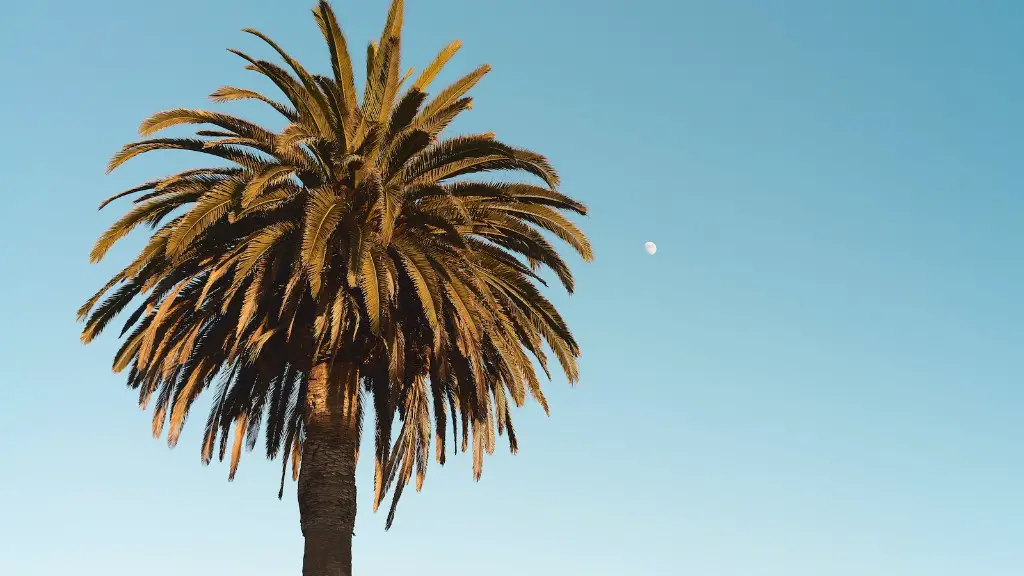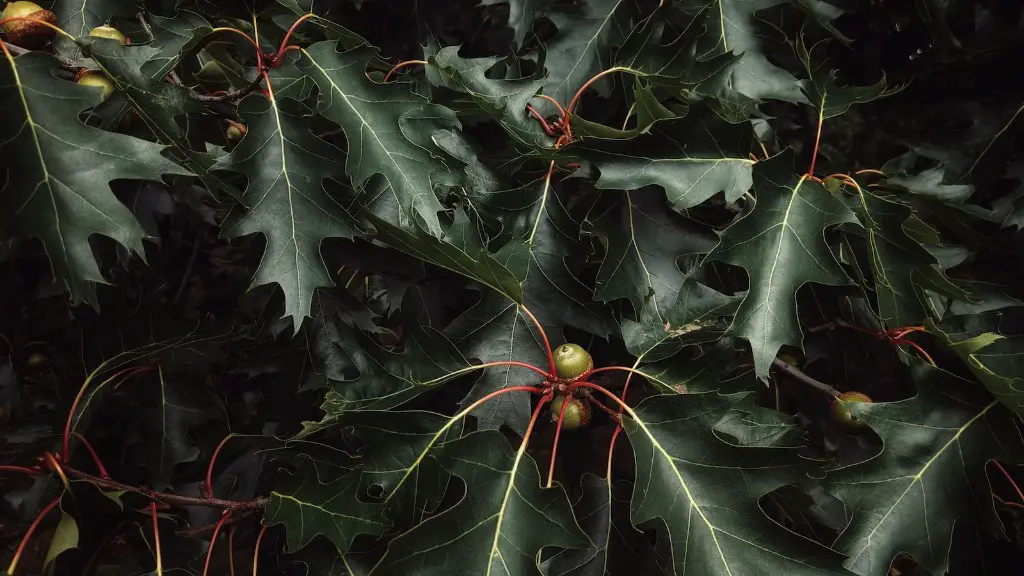How To Prune A Queen Palm Tree
Queen palms are a type of evergreen palm tree that is popular in coastal areas of the United States and Australia. They are tall trees with a straight stem and long bright green fronds. Many homeowners find that pruning is necessary to ensure that their queen palm tree remains in good health. Pruning should be done regularly for the health of the tree, and to keep its shape and appearance.
When pruning a queen palm, you should be aware that removing too many fronds can cause the tree to weaken, or even die. It is important to carefully consider your pruning choices to ensure that you do not damage the tree. You should generally remove only dead fronds, those that are broken or dying, or those that are crossing over each other. To properly prune the tree, you will need a sharp pair of pruning shears, a ladder, and a pole saw.
Techniques For Pruning
It is important to use the correct pruning techniques when pruning a queen palm. Begin by standing at the base of the tree, and use pruning shears to carefully trim any dead or damaged fronds. Make sure to keep the shears at an angle to avoid damaging the newly exposed fronds. After that is done, move up the trunk of the tree, pruning the dead fronds as you move. Always be careful to not prune too severely, as this can damage the tree.
When pruning the palm fronds, be sure to cut just above the base of the frond, where it connects to the trunk. This will ensure that the palm frond has been removed in its entirety, and that no trace is left behind. Once all of the dead fronds are removed, you can use a pole saw to trim any fronds that are crossing over each other or obstructing traffic.
Pruning Tools
When pruning a queen palm, you will need access to the correct tools. A sharp pair of pruning shears is necessary for cutting off dead fronds, as well as for pruning those that are crossing over each other. You will also need a ladder to access higher branches, and a pole saw for larger fronds. It is important to use these tools properly to ensure that you do not damage the tree.
Be sure to select quality tools when pruning your queen palm. Poor quality tools can be dangerous, and can easily damage the tree if they are not used correctly. Investing in quality tools will pay off in the long run, as they will last longer and will be safer to use.
Pruning Frequency
Pruning your queen palm tree should be done on a regular basis, usually every two to three years. This will ensure that the tree remains healthy and strong, and that any broken or dead fronds are removed. Pruning too often can weaken the tree, so you should wait until the tree needs pruning before taking action.
Caring For The Tree After Pruning
Once you have finished pruning your queen palm, it is important to take care of the tree. This includes adding some organic fertilizer to keep the tree in good health, and providing it with adequate water and sunshine. Queen palms are not overly demanding when it comes to care, but they should still be treated like any other tree in your garden.
Common Mistakes
When pruning a queen palm, it is important to avoid making common mistakes. The most common mistake is pruning too severely, which can cause the tree to weaken or even die. It is also important to avoid using incorrect tools, or tools that are not of good quality. This can result in damaging the tree or injuring yourself in the process.
Additional Considerations
When pruning a queen palm, it is important to be aware of any restrictions or local regulations. In some areas, it is illegal to prune a palm tree without the proper permits, so it is important to be aware of the laws in your area. It is also important to not prune a queen palm during hot weather, as this can cause stress to the tree.


